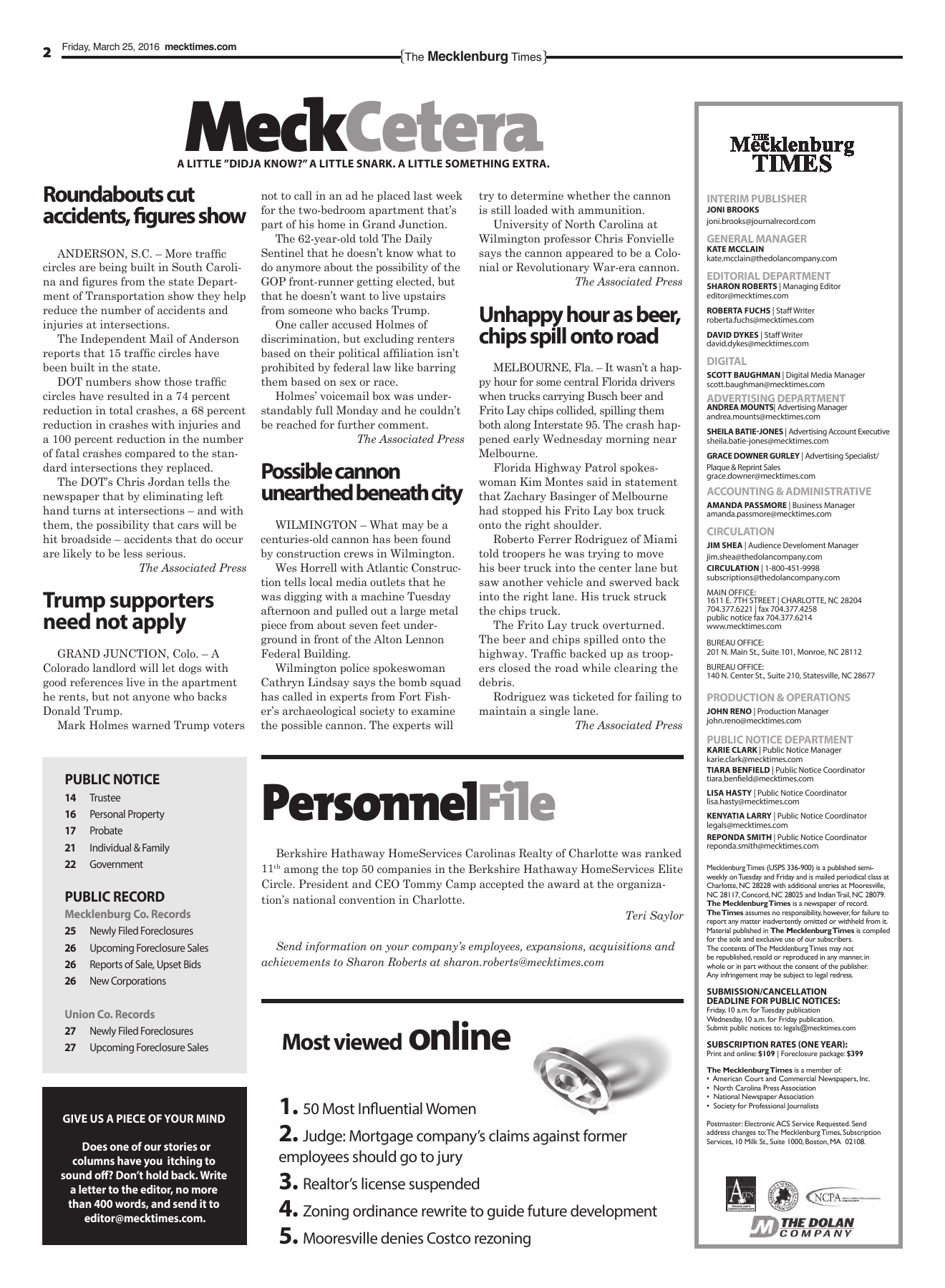

#2016 NEW TAX WRITE OFFS FOR SMALL BUSINESS OWNERS MOVIE#
Be sure to ask for an itemized bill when you check out, because some hotel expenses might be ineligible, like your trip to the mini bar or movie rental.Ĭonference fees, equipment rental, and miscellanyĪny expenses you incur that are necessary for your business trip, like registration for an event, renting equipment for a presentation, or dry cleaning and laundry for your business apparel, all qualify for tax deduction. You can also write off your accommodations. So before you go for that $100 feast, realize that only half qualifies for write-off. According to the IRS website, the deduction for business meals is generally limited to 50 percent of the cost.

The IRS will let you deduct dining expenses, within reason. Taxi rides count too, so make sure to get a receipt. This offsets what you spend on gas and upkeep on the car (it counts whether it’s your own car or a rental). For every mile you drive for business, you can currently deduct 54.5 cents. And don’t forget your standard mileage rate deduction. Whether you fly, take a train or bus, or rent a car to get to your business meetings or conference, you can deduct the expense. Upper-income households may see their pass-through deduction limited if the businesses that they own pay relatively little in wages and have relatively little property.As long as you are actually conducting business in a city other than the one you live in, the following business expenses generally qualify as tax-deductible. The second limit (known as the “wage or wage/capital limit”) focuses on whether households receive income from businesses that have engaged in substantial real economic activities-specifically, paying wages and investing in tangible property. These thresholds are $163,300 of qualified business income for single taxpayers and $326,600 for married taxpayers filing jointly for tax year 2020.įirst, these households are disallowed from counting income from “specified service trades or businesses” (SSTB) in their calculation of the deduction, which includes the performance of services in the fields of health, law, accounting, actuarial science, performing arts, consulting, athletics, financial services, investing and investment management, trading, and dealing in certain assets where the principal asset is the reputation or skill of one or more of its employees or owners, etc. Upper-income households are subject to two additional limits on the pass-through deduction.

In addition, two categories of payments by businesses to owners (reasonable compensation and guaranteed payments) are not allowed to count toward owners’ “business income” for the purposes of calculating the pass-through deduction. For instance, taxpayers’ income from pass-through businesses is eligible for the deduction, while their income from employment and capital gains is not. There are a number of rules that define what income counts as business income. Total Tax Savings from the Pass-Through Deduction: Taxable ordinary income, computed without regard to the pass-through deduction Note: Calculations assume that the filer has no dependents, takes the standard deduction, and has no sources of income other than pass-through business income Table 1: The Effect of the Pass-Through Deduction on Income Taxes Owed Sample Calculations for a Single Filer with $40,000 of Pass-Through Business Income in 2018 In practice, the calculation of the pass-through deduction can be much more complicated than simply multiplying business income by 20 percent due to rules about what qualifies as business income and other tests.


 0 kommentar(er)
0 kommentar(er)
